Drain flies, also known as moth flies or sewer flies, are tiny flying insects that often invade homes, particularly in areas with moisture and organic matter. These pests thrive in stagnant water, clogged drains, and other damp environments, making them a common nuisance in bathrooms and kitchens. Understanding how to identify and control flies is crucial for maintaining a clean and hygienic home. This guide will provide you with effective solutions for eradicating drain flies and preventing future infestations.
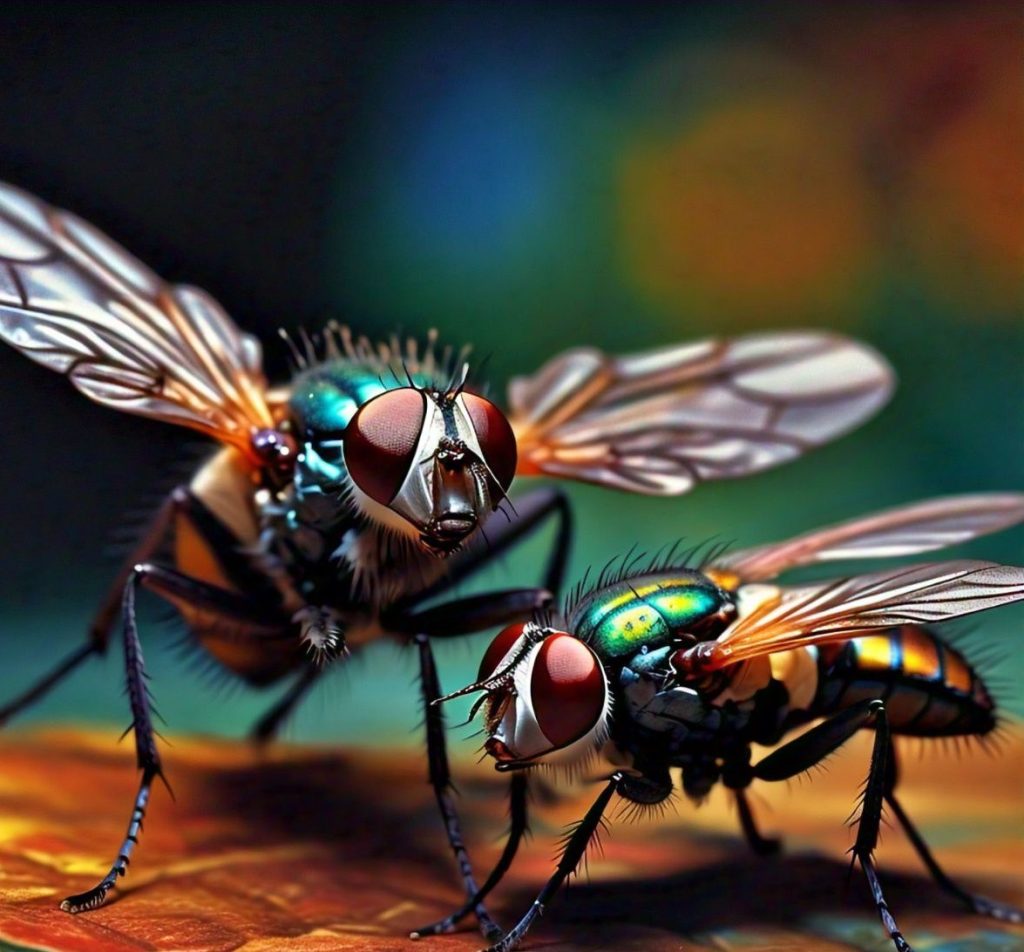
What Are Drain Flies?
Drain flies are small, moth-like insects that belong to the family Psychodidae. These pests are often found near drains, sewers, and other moist areas where organic matter accumulates. They are weak fliers, typically hovering close to the breeding sites. Unlike other flying insects, flies have fuzzy bodies and wings, which can make them easily distinguishable. While they are not known to bite, their presence can indicate underlying issues in your plumbing or sanitation practices.
Are Drain Flies Harmful?
Generally, flies are not harmful to humans. They do not bite or sting, and they are not known to transmit diseases. However, their presence in large numbers can be a sign of unsanitary conditions, which can lead to other health concerns. Flies can also cause irritation due to their sheer numbers, especially if they breed in significant quantities in your home.
Do drain flies bite? No, flies do not bite. They primarily feed on organic matter and bacteria found in drains and other moist environments. While they are not directly harmful, their presence can be annoying and indicate the need for better sanitation.
Why Am I Getting Drain Flies?
The most common cause of fly infestations is the presence of stagnant water and organic matter in your drains. Clogged drains, plumbing issues, and moist environments provide the perfect breeding grounds for these pests. What causes drain flies? They lay their eggs in the thin film of organic material that lines your drains, which can hatch into larvae in as little as 48 hours. The larvae feed on the organic matter, eventually developing into adult flies.
How Dirty Are Drain Flies?
While flies themselves are not filthy, their presence can indicate unsanitary conditions in your home. They breed in places where organic matter accumulates, such as drains, sewers, and septic tanks. To prevent an infestation, it is crucial to maintain good sanitation practices, including regular cleaning of and eliminating stagnant water sources.
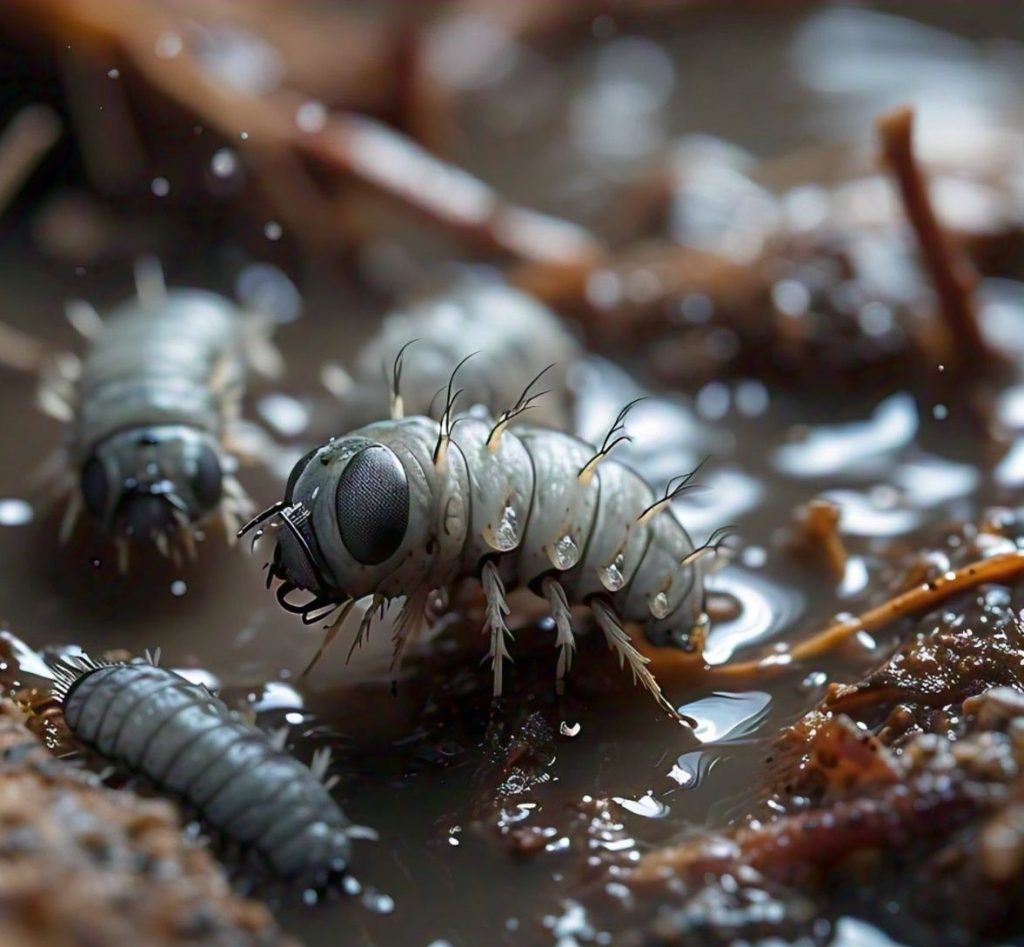
Are Drain Flies Attracted to Humans?
Drain flies are not particularly attracted to humans. They are more interested in moist environments and organic matter, which provide the nutrients they need to survive and reproduce. However, if left unchecked, a large number of flies can become a nuisance, particularly in areas like bathrooms and kitchens.
Drain Flies vs. Fruit Flies
While both drain flies and fruit flies are small flying insects, they differ significantly in appearance and behavior. lies are moth-like, with fuzzy bodies and wings, whereas fruit flies are smaller, with a more slender body and clear wings. Fruit flies are attracted to fermenting fruit and sugary substances, while flies are drawn to organic matter in drains. Identifying the correct pest is essential for effective treatment.
Comparison Table: Drain Flies vs. Fruit Flies
| Feature | Drain Flies | Fruit Flies |
|---|---|---|
| Appearance | Small, moth-like with fuzzy wings, dark-colored | Tiny, brownish-yellow, with bright red eyes |
| Habitat | Found near drains, sinks, and damp areas | Found near overripe fruits, garbage, and fermented items |
| Behavior | Less active, often resting on surfaces near water sources | Very active, often seen flying around fruits and vegetables |
| Reproduction | Lay eggs in organic material inside drains or moist areas | Lay eggs on overripe or rotting fruits and vegetables |
| Lifespan | 1-2 weeks | About 1 month |
| Attracted to | Moist, decaying organic material, sewage | Fermenting fruits, sugary substances |
| Control Methods | Clean drains, use enzyme cleaners, fix leaks | Remove overripe fruits, clean surfaces, use traps |
| Common Infestation Sites | Kitchens, bathrooms, near drains | Kitchens, near fruit bowls, trash cans |
| Health Risks | Generally harmless, can spread bacteria | Can contaminate food, potential carriers of pathogens |
| Prevention | Keep drains clean and dry, repair leaks | Store fruits properly, dispose of overripe items, keep kitchen clean |
How to Get Rid of Drain Flies
To effectively eliminate drain flies, you need to target both the adult flies and their breeding sites. Here are some steps to follow:
- Removal: Start by cleaning your drains thoroughly. Use a drain cleaner or a mixture of baking soda and vinegar to break down the organic matter that serves as their food source.
- Treatment: Pour boiling water down the drain daily to kill any larvae and eggs. You can also use commercial drain fly treatment products that contain enzymes or bacteria to break down organic material.
- Fly Traps: Set up fly traps around the affected areas to catch adult flies. Sticky traps or homemade traps using vinegar and dish soap can be effective.
- Sanitation Practices: Maintain clean and dry environments by regularly cleaning drains, fixing plumbing issues, and removing any stagnant water sources.
Will Bleach Kill Drain Flies?
Yes, bleach can kill drain flies, but it may not be the most effective solution. While bleach can eliminate adult flies and larvae, it may not reach deep enough into the organic material where eggs are laid. For a more effective solution, consider using enzyme-based drain cleaners that break down the organic matter completely.
Drain Flies Not Coming from Drain?
If you notice flies but your drains appear to be clean, they may be breeding in other areas of your home. Check for other sources of moisture, such as potted plants, leaking pipes, or damp basements. It’s essential to identify and eliminate all possible breeding sites to prevent a recurrence.
Drain Flies Spray
There are various insecticidal sprays available that can kill drain flies on contact. These sprays are useful for quickly reducing the adult population, but they should be used in conjunction with other treatments that target larvae and eggs for long-term control.
How Do I Permanently Get Rid of Drain Flies?
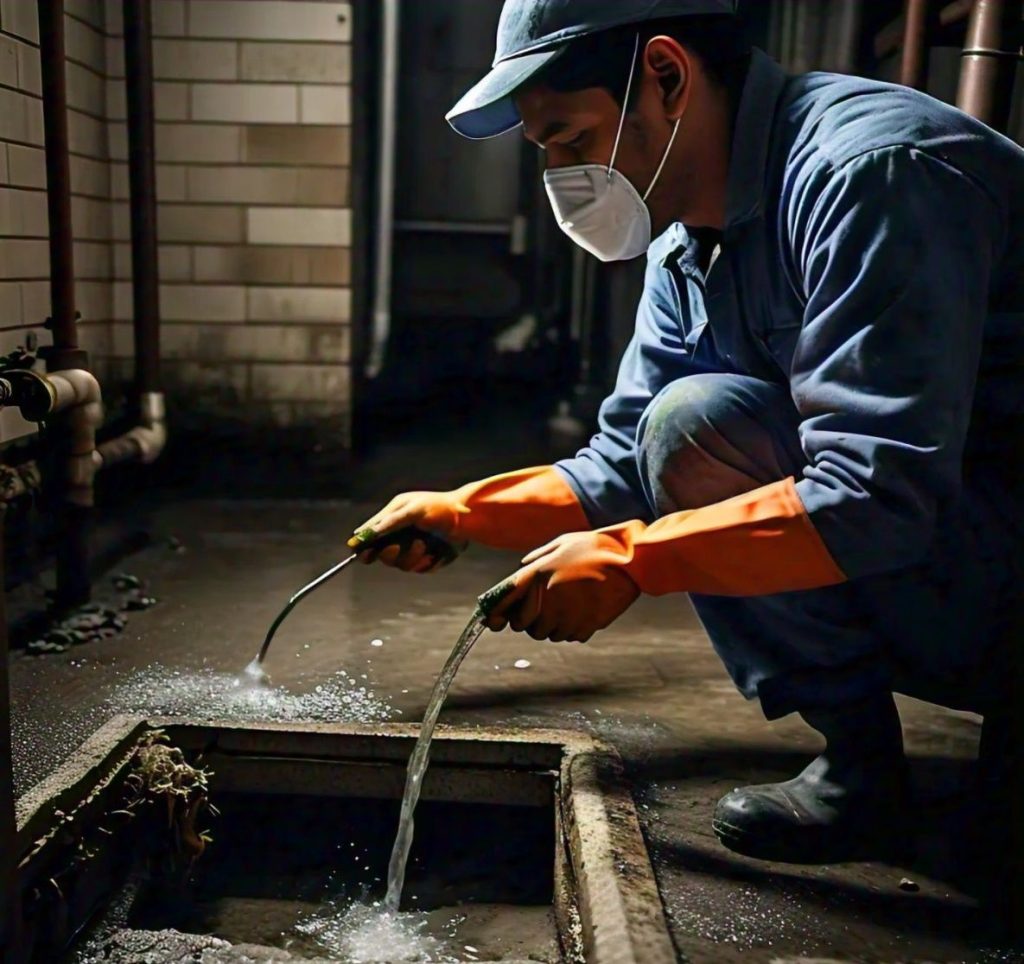
To permanently eliminate flies, you need to address the root cause of the infestation. Regularly clean your drains and maintain proper sanitation practices. Use enzyme-based cleaners to break down organic material and consider installing drain covers to prevent future infestations. Consistent maintenance and monitoring are key to keeping your home fly-free.
Conclusion
Drain flies can be a persistent nuisance, but with the right knowledge and tools, you can effectively control and eliminate them from your home. By understanding what causes flies and implementing proper sanitation practices, you can prevent these pests from returning. Remember to regularly clean your drains, eliminate sources of stagnant water, and use appropriate treatments to ensure a pest-free environment.
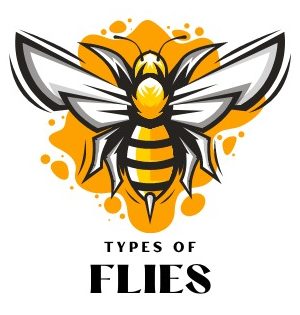
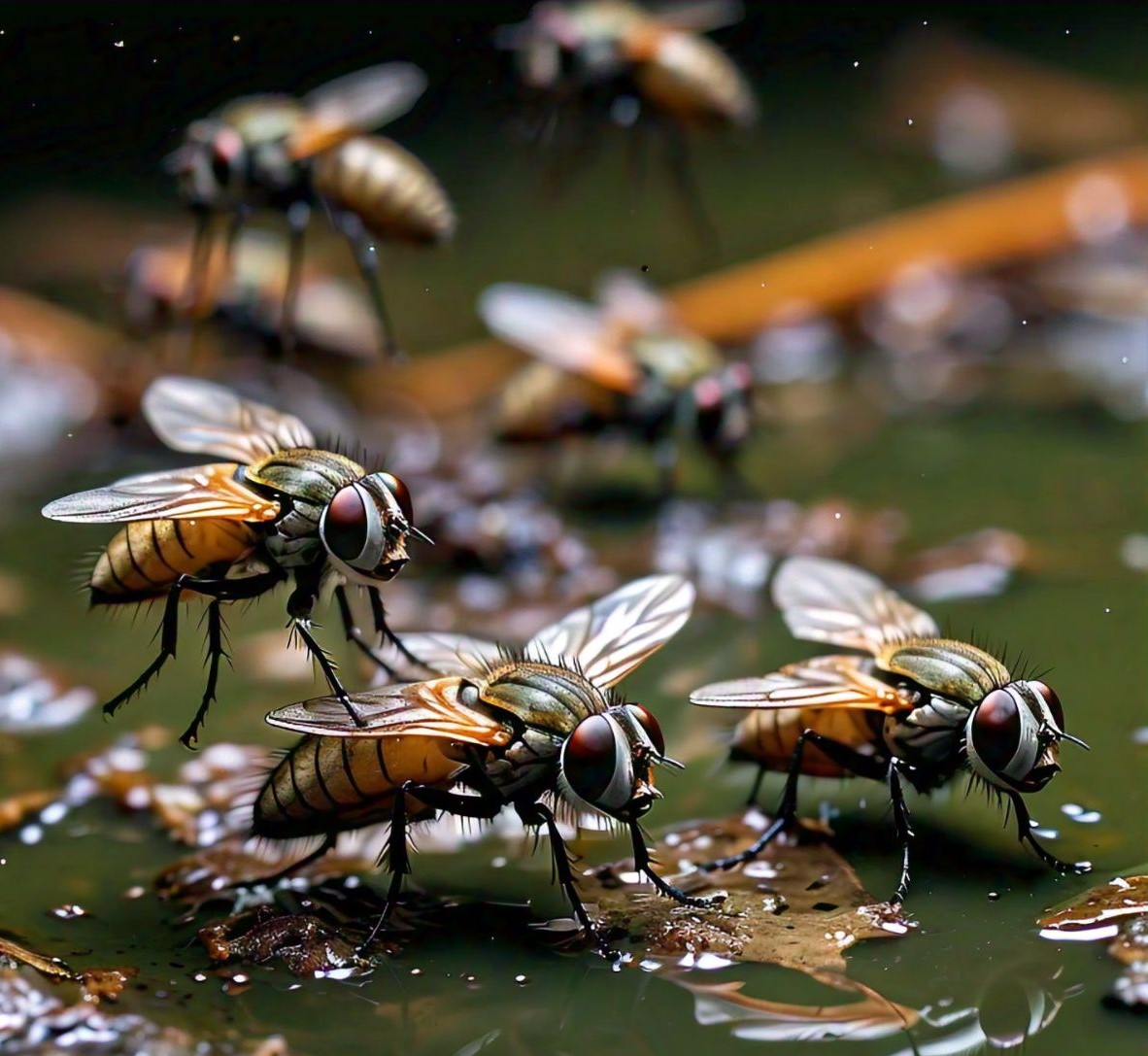
Drain flies may be tiny, but they can cause quite the annoyance – this article provides great tips for keeping them under control
[…] flies is essential for maintaining a comfortable home environment. There are several methods for cluster fly treatment, including the use of fly traps, sealing entry points, and professional pest control services. If […]